APISIX入门
目录
Apache APISIX is a dynamic, real-time, high-performance Cloud-Native API gateway, based on the Nginx library and etcd.
本文档的前提是已拥有 etcd 。为了快速入门服务均使用 docker 启动。
1 配置apisix
创建apisix配置config.yaml
apisix:
node_listen: 9080 # APISIX listening port
enable_heartbeat: true
enable_admin: true
enable_admin_cors: true # Admin API support CORS response headers.
enable_debug: true
enable_dev_mode: false # Sets nginx worker_processes to 1 if set to true
enable_reuseport: true # Enable nginx SO_REUSEPORT switch if set to true.
enable_ipv6: true
config_center: etcd # etcd: use etcd to store the config value
# yaml: fetch the config value from local yaml file `/your_path/conf/apisix.yaml`
#proxy_protocol: # Proxy Protocol configuration
# listen_http_port: 9181 # The port with proxy protocol for http, it differs from node_listen and port_admin.
# This port can only receive http request with proxy protocol, but node_listen & port_admin
# can only receive http request. If you enable proxy protocol, you must use this port to
# receive http request with proxy protocol
# listen_https_port: 9182 # The port with proxy protocol for https
# enable_tcp_pp: true # Enable the proxy protocol for tcp proxy, it works for stream_proxy.tcp option
# enable_tcp_pp_to_upstream: true # Enables the proxy protocol to the upstream server
proxy_cache: # Proxy Caching configuration
cache_ttl: 10s # The default caching time if the upstream does not specify the cache time
zones: # The parameters of a cache
- name: disk_cache_one # The name of the cache, administrator can be specify
# which cache to use by name in the admin api
memory_size: 50m # The size of shared memory, it's used to store the cache index
disk_size: 1G # The size of disk, it's used to store the cache data
disk_path: "/tmp/disk_cache_one" # The path to store the cache data
cache_levels: "1:2" # The hierarchy levels of a cache
# - name: disk_cache_two
# memory_size: 50m
# disk_size: 1G
# disk_path: "/tmp/disk_cache_two"
# cache_levels: "1:2"
allow_admin: # http://nginx.org/en/docs/http/ngx_http_access_module.html#allow
- 0.0.0.0/0 # If we don't set any IP list, then any IP access is allowed by default.
# - "::/64"
port_admin: 9180 # use a separate port
# Default token when use API to call for Admin API.
# *NOTE*: Highly recommended to modify this value to protect APISIX's Admin API.
# Disabling this configuration item means that the Admin API does not
# require any authentication.
admin_key:
-
name: "admin"
key: edd1c9f034335f136f87ad84b625c8f1
role: admin # admin: manage all configuration data
# viewer: only can view configuration data
-
name: "viewer"
key: 4054f7cf07e344346cd3f287985e76a2
role: viewer
router:
http: 'radixtree_uri' # radixtree_uri: match route by uri(base on radixtree)
# radixtree_host_uri: match route by host + uri(base on radixtree)
ssl: 'radixtree_sni' # radixtree_sni: match route by SNI(base on radixtree)
# stream_proxy: # TCP/UDP proxy
# tcp: # TCP proxy port list
# - 9100
# - 9101
# udp: # UDP proxy port list
# - 9200
# - 9211
dns_resolver: # If not set, read from `/etc/resolv.conf`
- 114.114.114.114
- 223.5.5.5
- 1.1.1.1
- 8.8.8.8
dns_resolver_valid: 30 # valid time for dns result 30 seconds
resolver_timeout: 5 # resolver timeout
ssl:
enable: true
enable_http2: true
listen_port: 9443
ssl_protocols: "TLSv1 TLSv1.1 TLSv1.2 TLSv1.3"
ssl_ciphers: "ECDHE-ECDSA-AES128-GCM-SHA256:ECDHE-RSA-AES128-GCM-SHA256:ECDHE-ECDSA-AES256-GCM-SHA384:ECDHE-RSA-AES256-GCM-SHA384:ECDHE-ECDSA-CHACHA20-POLY1305:ECDHE-RSA-CHACHA20-POLY1305:DHE-RSA-AES128-GCM-SHA256:DHE-RSA-AES256-GCM-SHA384:DHE-RSA-CHACHA20-POLY1305:ECDHE-ECDSA-AES128-SHA256:ECDHE-RSA-AES128-SHA256:ECDHE-ECDSA-AES128-SHA:ECDHE-RSA-AES128-SHA:ECDHE-ECDSA-AES256-SHA384:ECDHE-RSA-AES256-SHA384:ECDHE-ECDSA-AES256-SHA:ECDHE-RSA-AES256-SHA:DHE-RSA-AES128-SHA256:DHE-RSA-AES256-SHA256:AES128-GCM-SHA256:AES256-GCM-SHA384:AES128-SHA256:AES256-SHA256:AES128-SHA:AES256-SHA:DES-CBC3-SHA"
nginx_config: # config for render the template to genarate nginx.conf
error_log: "logs/error.log"
error_log_level: "warn" # warn,error
worker_rlimit_nofile: 20480 # the number of files a worker process can open, should be larger than worker_connections
event:
worker_connections: 10620
http:
access_log: "logs/access.log"
keepalive_timeout: 60s # timeout during which a keep-alive client connection will stay open on the server side.
client_header_timeout: 60s # timeout for reading client request header, then 408 (Request Time-out) error is returned to the client
client_body_timeout: 60s # timeout for reading client request body, then 408 (Request Time-out) error is returned to the client
send_timeout: 10s # timeout for transmitting a response to the client.then the connection is closed
underscores_in_headers: "on" # default enables the use of underscores in client request header fields
real_ip_header: "X-Real-IP" # http://nginx.org/en/docs/http/ngx_http_realip_module.html#real_ip_header
real_ip_from: # http://nginx.org/en/docs/http/ngx_http_realip_module.html#set_real_ip_from
- 127.0.0.1
- 'unix:'
#lua_shared_dicts: # add custom shared cache to nginx.conf
# ipc_shared_dict: 100m # custom shared cache, format: `cache-key: cache-size`
etcd:
host: # it's possible to define multiple etcd hosts addresses of the same etcd cluster.
- "http://192.168.1.10:2379" # multiple etcd address
prefix: "/apisix" # apisix configurations prefix
timeout: 3 # 3 seconds
plugins: # plugin list
- example-plugin
- limit-req
- limit-count
- limit-conn
- key-auth
- basic-auth
- prometheus
- node-status
- jwt-auth
- zipkin
- ip-restriction
- grpc-transcode
- serverless-pre-function
- serverless-post-function
- openid-connect
- proxy-rewrite
- redirect
- response-rewrite
- fault-injection
- udp-logger
- wolf-rbac
- proxy-cache
- tcp-logger
- proxy-mirror
- kafka-logger
- cors
- syslog
- batch-requests
stream_plugins:
- mqtt-proxy注意修改etcd地址,前提配置根据自身情况进行修改。
2 启动apisix
docker启动 apisix 服务
docker run -d \
--name apisix \
-p 9080:9080 \
-p 9443:9443 \
-v /data/apisix/conf/config.yaml:/usr/local/apisix/conf/config.yaml \
apache/apisix:2.7-alpine启动后可以访问,如下表示正常。

3 配置apisix-dashboard
创建apisix-dashboard配置dashboard-conf.yaml
#
# Licensed to the Apache Software Foundation (ASF) under one or more
# contributor license agreements. See the NOTICE file distributed with
# this work for additional information regarding copyright ownership.
# The ASF licenses this file to You under the Apache License, Version 2.0
# (the "License"); you may not use this file except in compliance with
# the License. You may obtain a copy of the License at
#
# http://www.apache.org/licenses/LICENSE-2.0
#
# Unless required by applicable law or agreed to in writing, software
# distributed under the License is distributed on an "AS IS" BASIS,
# WITHOUT WARRANTIES OR CONDITIONS OF ANY KIND, either express or implied.
# See the License for the specific language governing permissions and
# limitations under the License.
#
conf:
listen:
host: 127.0.0.1 # `manager api` listening ip or host name
port: 9000 # `manager api` listening port
etcd:
endpoints: # supports defining multiple etcd host addresses for an etcd cluster
- http://192.168.1.10:2379
# yamllint disable rule:comments-indentation
# etcd basic auth info
# username: "root" # ignore etcd username if not enable etcd auth
# password: "123456" # ignore etcd password if not enable etcd auth
log:
error_log:
level: warn # supports levels, lower to higher: debug, info, warn, error, panic, fatal
file_path:
logs/error.log # supports relative path, absolute path, standard output
# such as: logs/error.log, /tmp/logs/error.log, /dev/stdout, /dev/stderr
access_log:
file_path:
logs/access.log # supports relative path, absolute path, standard output
# such as: logs/access.log, /tmp/logs/access.log, /dev/stdout, /dev/stderr
# log example: 2020-12-09T16:38:09.039+0800 INFO filter/logging.go:46 /apisix/admin/routes/r1 {"status": 401, "host": "127.0.0.1:9000", "query": "asdfsafd=adf&a=a", "requestId": "3d50ecb8-758c-46d1-af5b-cd9d1c820156", "latency": 0, "remoteIP": "127.0.0.1", "method": "PUT", "errs": []}
authentication:
secret:
secret # secret for jwt token generation.
# NOTE: Highly recommended to modify this value to protect `manager api`.
# if it's default value, when `manager api` start , it will generate a random string to replace it.
expire_time: 3600 # jwt token expire time, in second
users: # yamllint enable rule:comments-indentation
- username: admin # username and password for login `manager api`
password: admin
- username: user
password: user注意修改etcd地址,前提配置根据自身情况进行修改。
4 启动apisix-dashboard
docker run -d \
--name apisix-dashboard \
-p 9000:9000 \
-v /data/apisix/conf/dashboard-conf.yaml:/usr/local/apisix-dashboard/conf/conf.yaml \
apache/apisix-dashboard:2.75 访问
浏览器输入http://ip:9000/

默认账号:admin密码:admin
6 体验

路由可以与服务(Service)、上游(Upstream)关联
6.1 创建上游
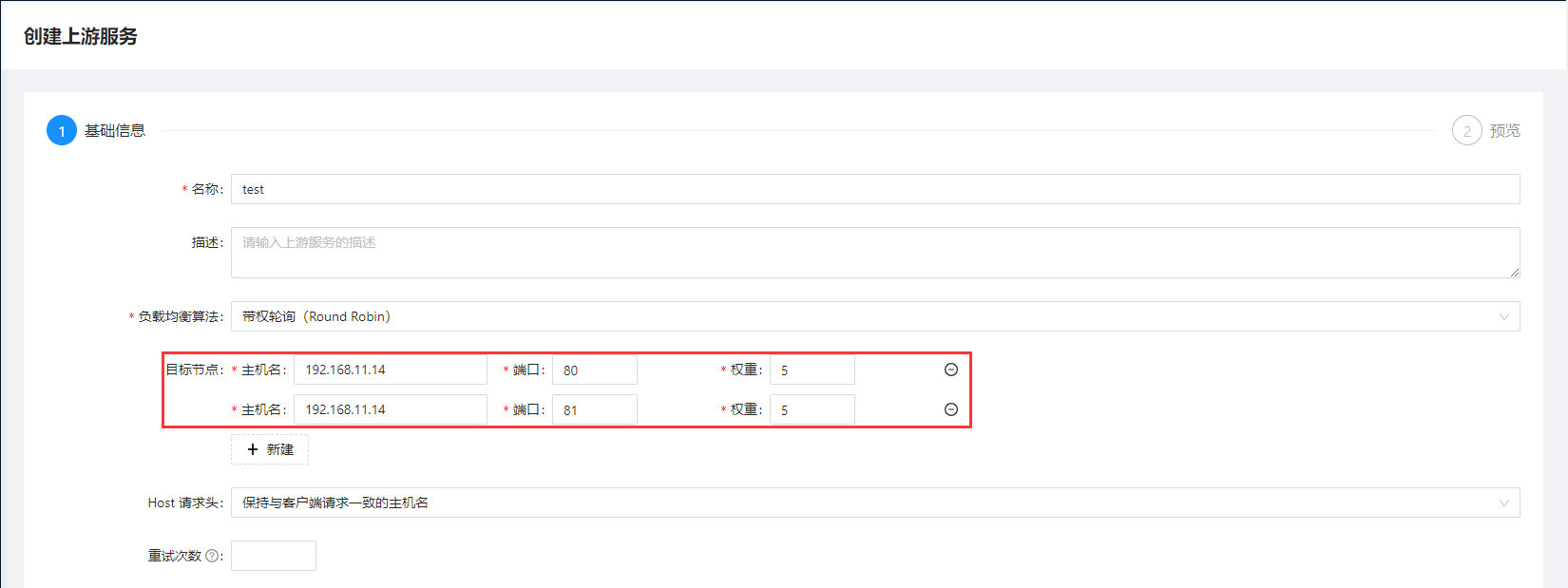
添加后端节点,其他暂时默认即可。
6.2 创建服务
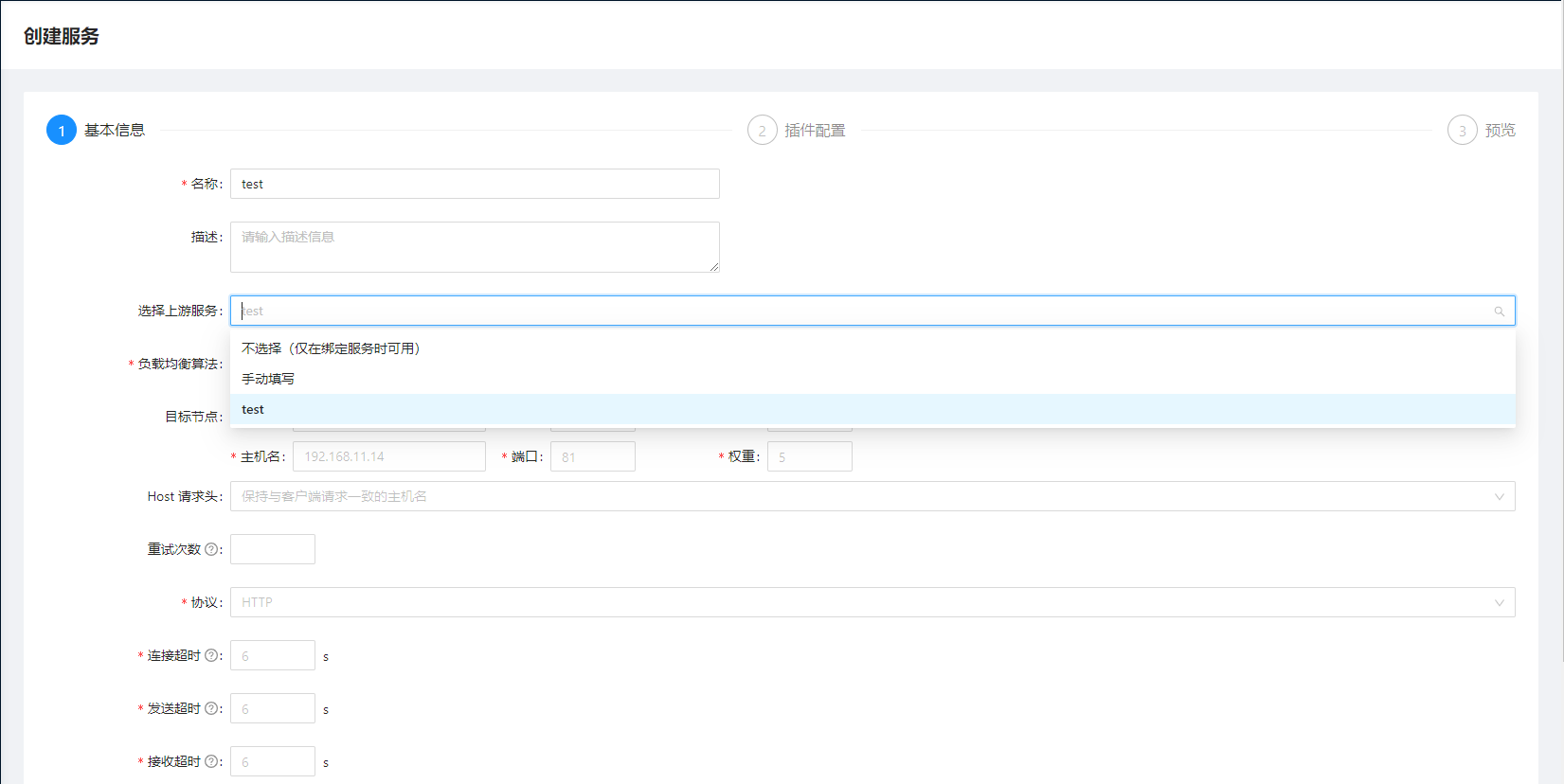
选择前面创建的上游

是否开启插件
6.3 创建路由
设置路由信息
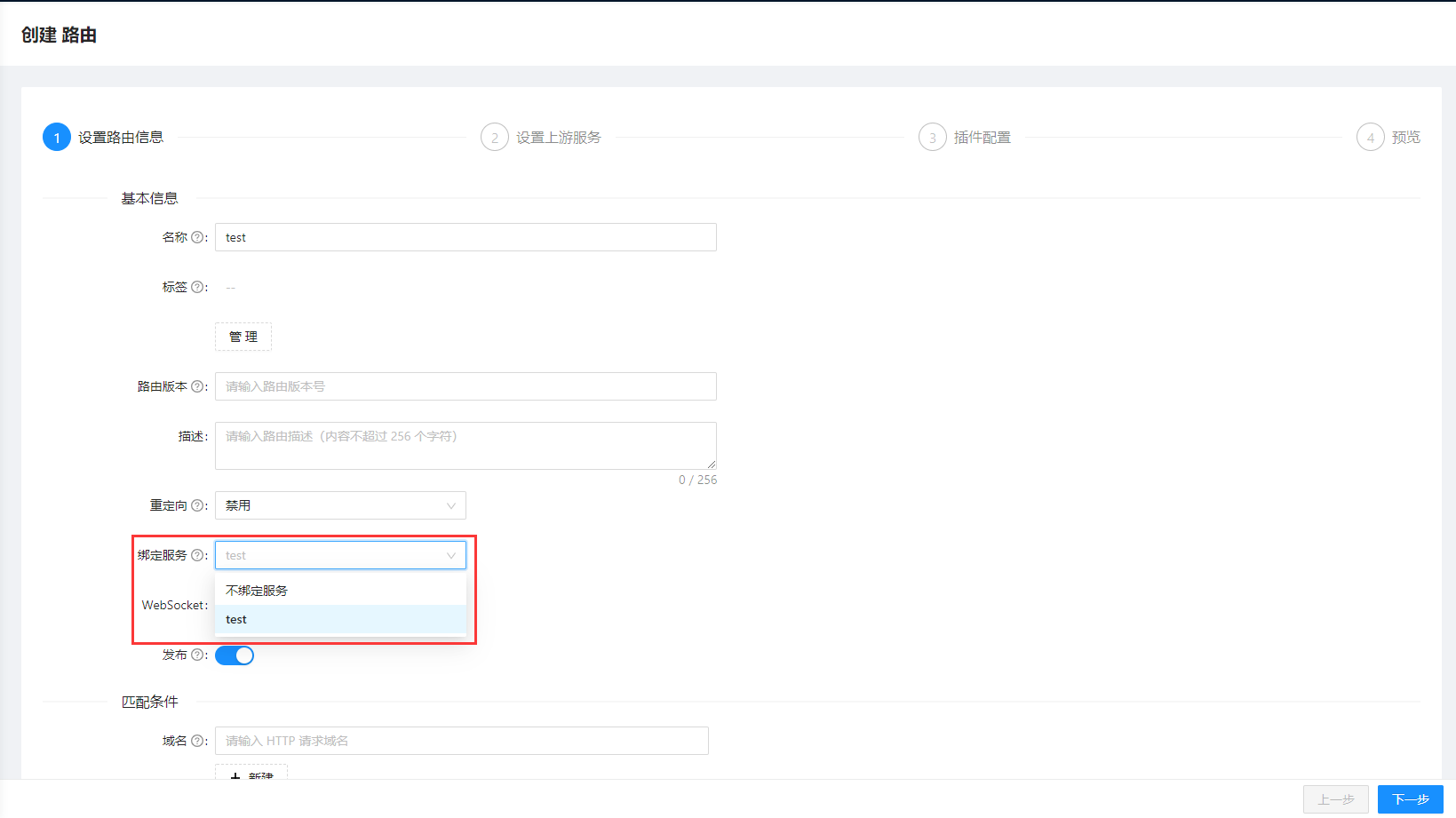
选择前面创建的服务
设置上游服务
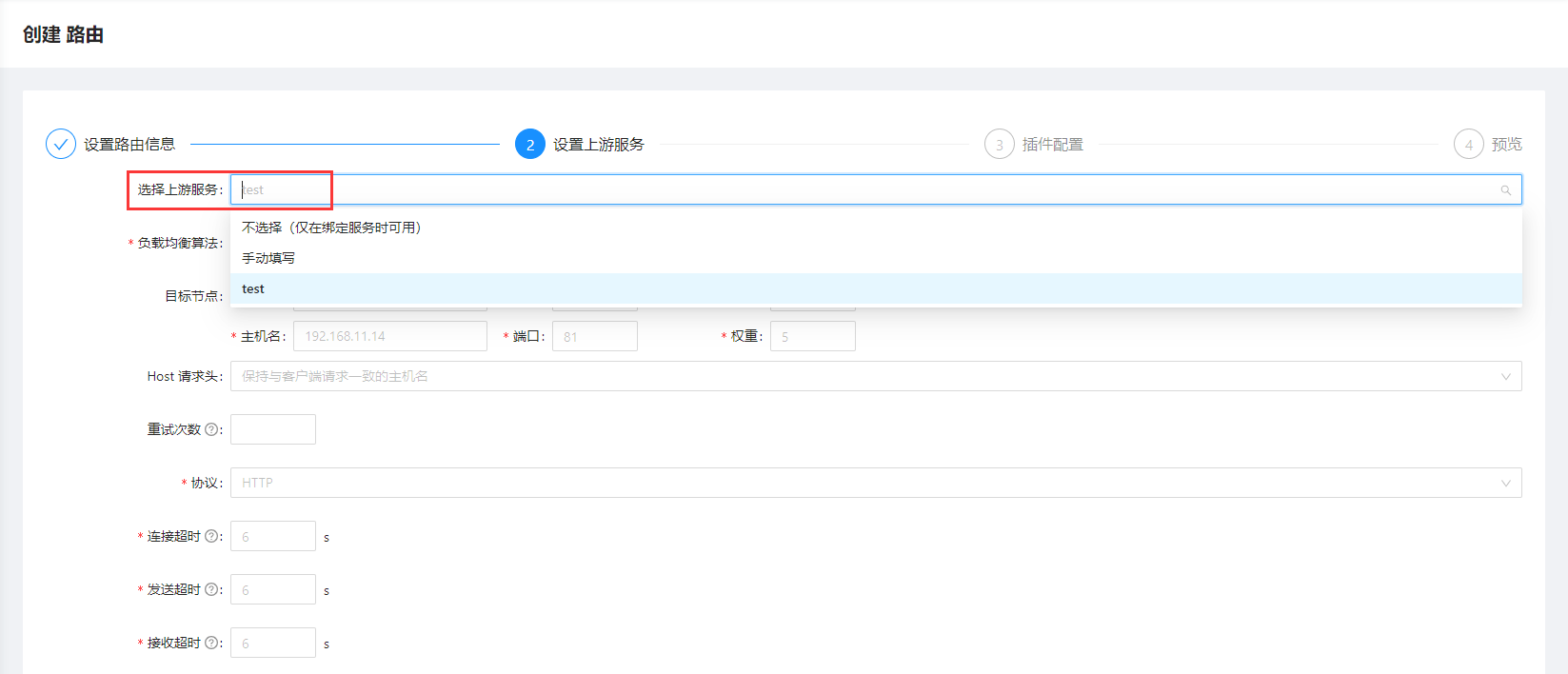
插件配置跳过暂不配置


此时apisix就可以使用了
6.4 访问验证
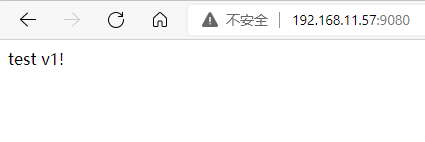

本次入门体验到此结束!